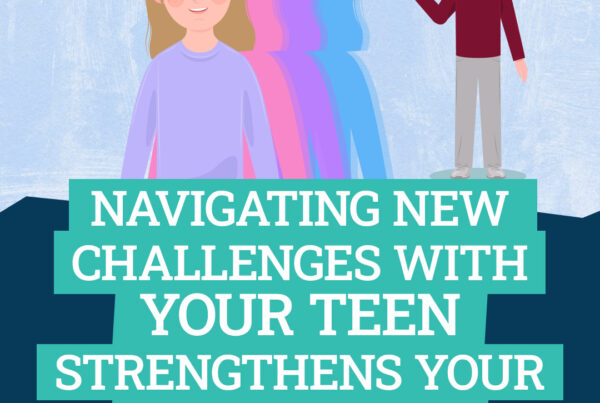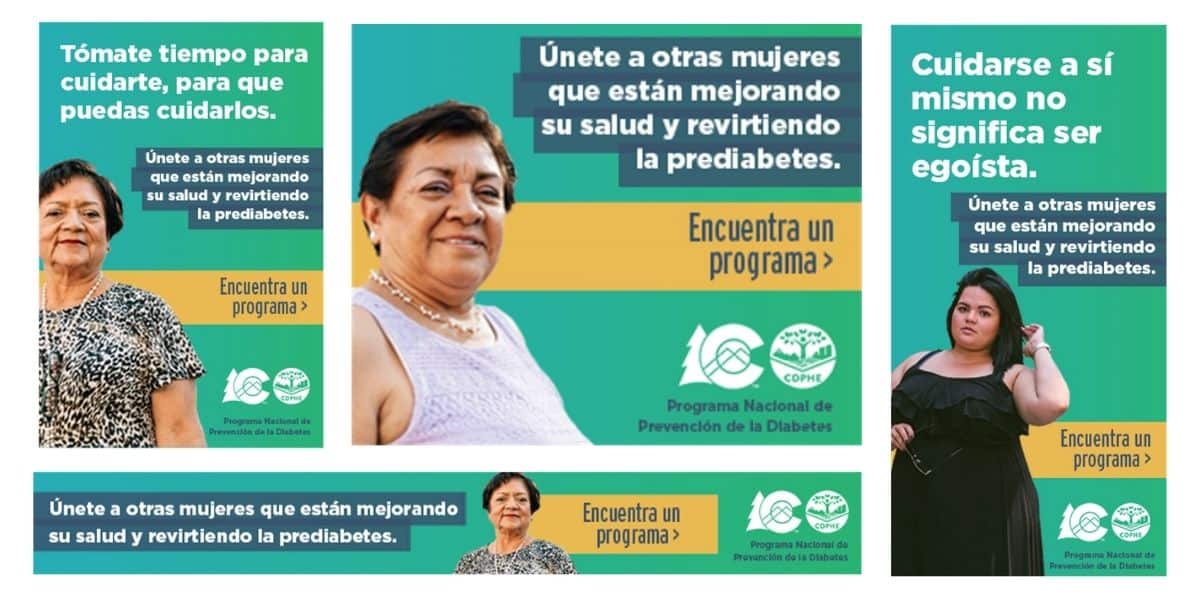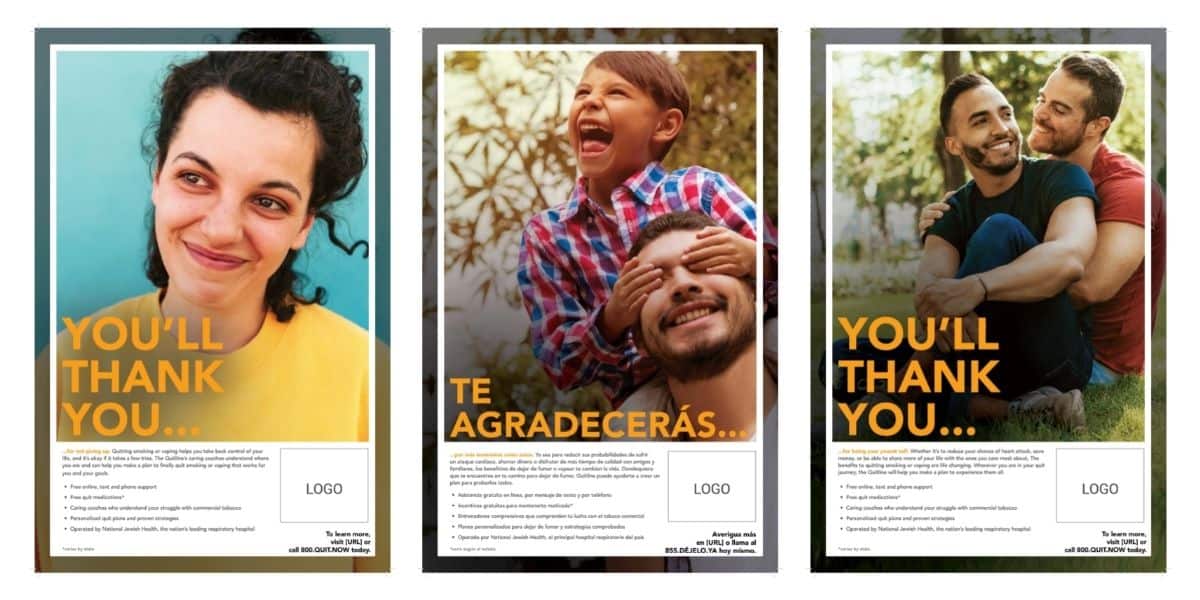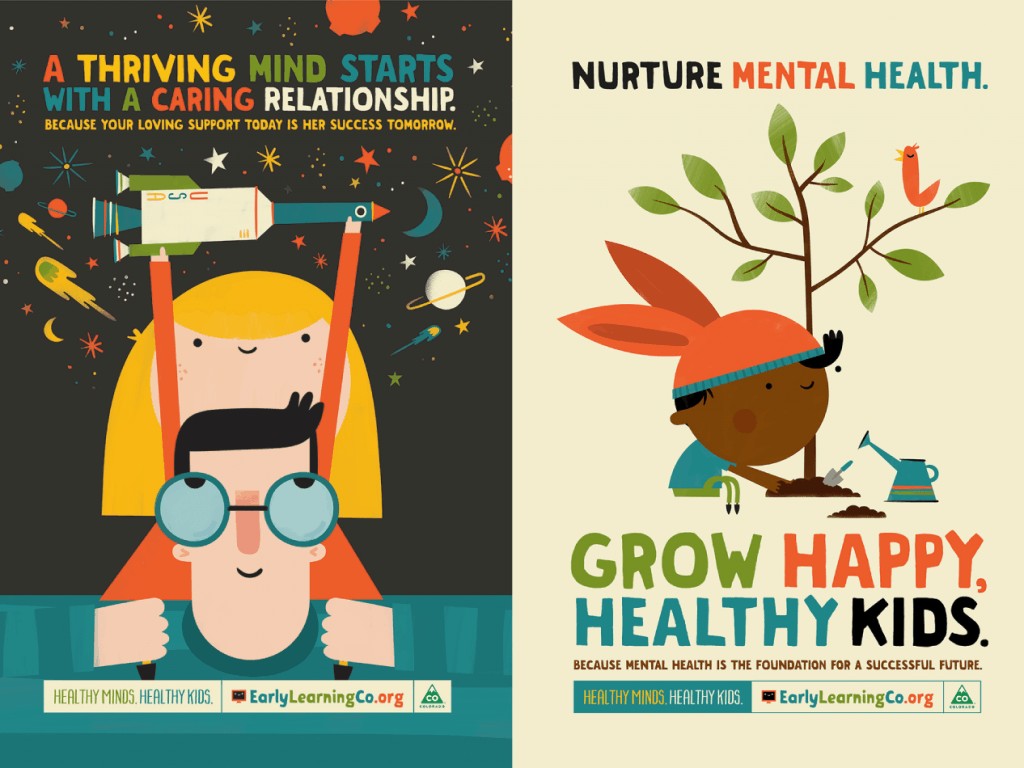
Associations and professional societies that lack a solid Millennial membership are destined for trouble.

As an association leader, you’ve certainly experienced some of the unique challenges of working with and managing Millennials. Such examples include:
- They prefer purpose over paychecks. 74 percent of Millennials want a job where they feel like their work matters.1
- They won’t do tasks that conflict with their values. A study from Deloitte showed that two out of three Millennials have declined to complete an assignment because it did not align with their personal values.2
- They don’t want to be boxed in. Millennials want guardrails, but they also want flexibility in their roles and opportunities to learn professional skills that make them more competitive in the workplace.3
And if you feel that engaging them as an employee is tough, just imagine the challenges you’ll face trying to recruit Millennial “customers”.
But fear not.
Here are a few ways that you can appeal to and capture Millennial customers through effective communications, building a solid membership base that will sustain the organization well into the future.
Appeal to Their Need to Network and Grow
Millennials average four job changes by the time they’re 30 , and 65 percent of them say personal development is the most important factor in their current role. These facts tell me that associations are PERFECTLY positioned to support Millennials. How?
Associations:
- provide Millennials with ample networking opportunities to job hunt and climb the role ladder through successive job moves;
- offer training and professional development that they need to be successful in each new role.
But where we see most associations miss the mark is in effectively communicating those benefits to Millennials. To be effective, those communications must:
- Show, not tell. Millennials have a very high BS meter. They crave authenticity, and this craving makes them the ideal audience for storytelling. Forget perfectly scripted stories. (Those scream inauthentic.) Instead, consider candid video or photo stories that show how a young member made a connection that led to her dream job, or how a member received training that helped him to earn a raise. To the extent possible, engage your younger members to serve as ambassadors for the association by posting their own stories through “professional” social media such as LinkedIn.
- Quantify value. While most organizations will pay a least part of the cost for staff to join an association or professional society, they will have to cover the other portion themselves. This may not seem like a huge deal until you remember that Millennials are graduating with crushing levels of student loan debt. That “small” membership payment may mean they almost can’t afford rent that month – so they have to believe your membership fee is an investment that will bear a return. Use communications to show them what kind of return they can expect on their investment. This could include showing total savings by buying materials for the trade through the association or could be demonstrated by illustrating how people with a certain type of training or certification your organization offers helps those who receive it earn more than those who don’t.
Appeal to Their Need for Greater Impact
Associations are often not solely focused on professional development and networking. Most also conduct public education and advocacy in support of their industry, and thankfully those activities and outcomes can be used to attract Millennials.

Effective communications that get Millennials to become dues-paying members will:
- Quantify the impact of your advocacy and public education. This seems like a no-brainer, but where most associations fall short is that while they illustrate the benefit to the industry, they don’t connect the dots and illustrate how it benefits the member. Show how your organization’s activities are making it easier to find jobs, growing the sector, eliminating barriers that are a threat to their future job prospects, etc.
- Talk about outcomes, not outputs. It is not enough to show that your association provided “x” number of trainings or events last year. Those are outputs; Millennials don’t care about your outputs. They want to see your outcomes. Show how those trainings helped members land new jobs, earn more money, or improve outcomes for their organization – for example, a story about how a member who received your certification implemented new processes that saved their organization money, which led to them growing their role.
Successfully Recruiting Millennials Dictates Your Future Success or Failure
Remember, your success or failure recruiting Millennial members rides on effective communications that reflect their values, attitudes and beliefs. These communications strategies give you a solid place to start.
Sources:
1- https://www2.deloitte.com/content/dam/Deloitte/global/Documents/About-Deloitte/gx-millenial-survey-2016-exec-summary.pdf
2- https://www2.deloitte.com/content/dam/Deloitte/global/Documents/About-Deloitte/gx-millenial-survey-2016-exec-summary.pdf
3- https://blog.linkedin.com/2016/04/12/will-this-year_s-college-grads-job-hop-more-than-previous-grads

About the Author:
Brandon Zelasko (he/him), a Principal at SE2, is a dynamic force passionate about innovation, education, and community engagement. Beyond his professional role, Brandon embraces diverse interests, from painting to exploring the outdoors with his husband and rescue dog, Burger. Dubbed “Brandopedia” for his insatiable curiosity and wealth of knowledge, Brandon champions education equity, advocating for alternative pathways beyond traditional college routes. At SE2, Brandon’s commitment to innovation and growth drives him to make a meaningful impact on people’s lives through creative problem-solving and community involvement.







